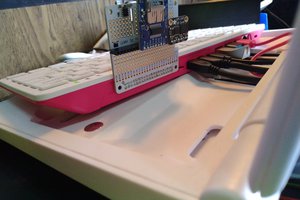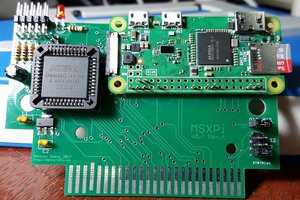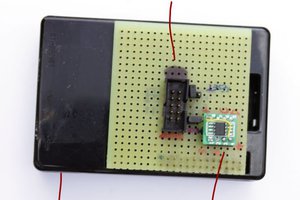After I finished working on a standalone Sega Genesis chiptune player, I realized that the solution I came up with was not easily portable to different sound chips. I had a vision of a low-cost interface that plays video game music from a microsd card that anyone can build and expand on, but the amount of time spent engineering each individual revision for each sound chip was just too much.
So I took a step back and thought of a more accessible approach: by utilizing a backbone that is already cheap and easily available almost anywhere, end-users will be able to collect more sound chip modules without paying for essentially the same thing over and over, and developers who want to add their own personal favorite chiptune instruments to the project could easily build on the resources available from other contributors. ChipTuneForever was born.
 jareklupinski
jareklupinski




 Ronivon Costa
Ronivon Costa

 Yann Guidon / YGDES
Yann Guidon / YGDES
Is this project still being worked on? This seems like it would be more expandable than the Genesis Forever project. I also saw in a YouTube comment you left on one of your videos (for Genesis Forever though) that you planned on putting kits together for this, I would definitely be interested in that.